In a time of supply chain shortages and growing emphasis on sustainability, the process of adaptive reuse is expected to continue gaining popularity among architects and engineers. The concepts are relatively simple and ones that many are familiar with, even if they don’t recognize the term. Adaptive reuse gives existing but unused buildings a new purpose. Classic examples include transforming an old church into a restaurant or an abandoned factory into a museum. Whether it’s a limited construction budget, a desire to minimize environmental impact, concern regarding historic preservation, or simply respect and admiration for the existing structure, there are plenty of reasons the design team should consider this approach.
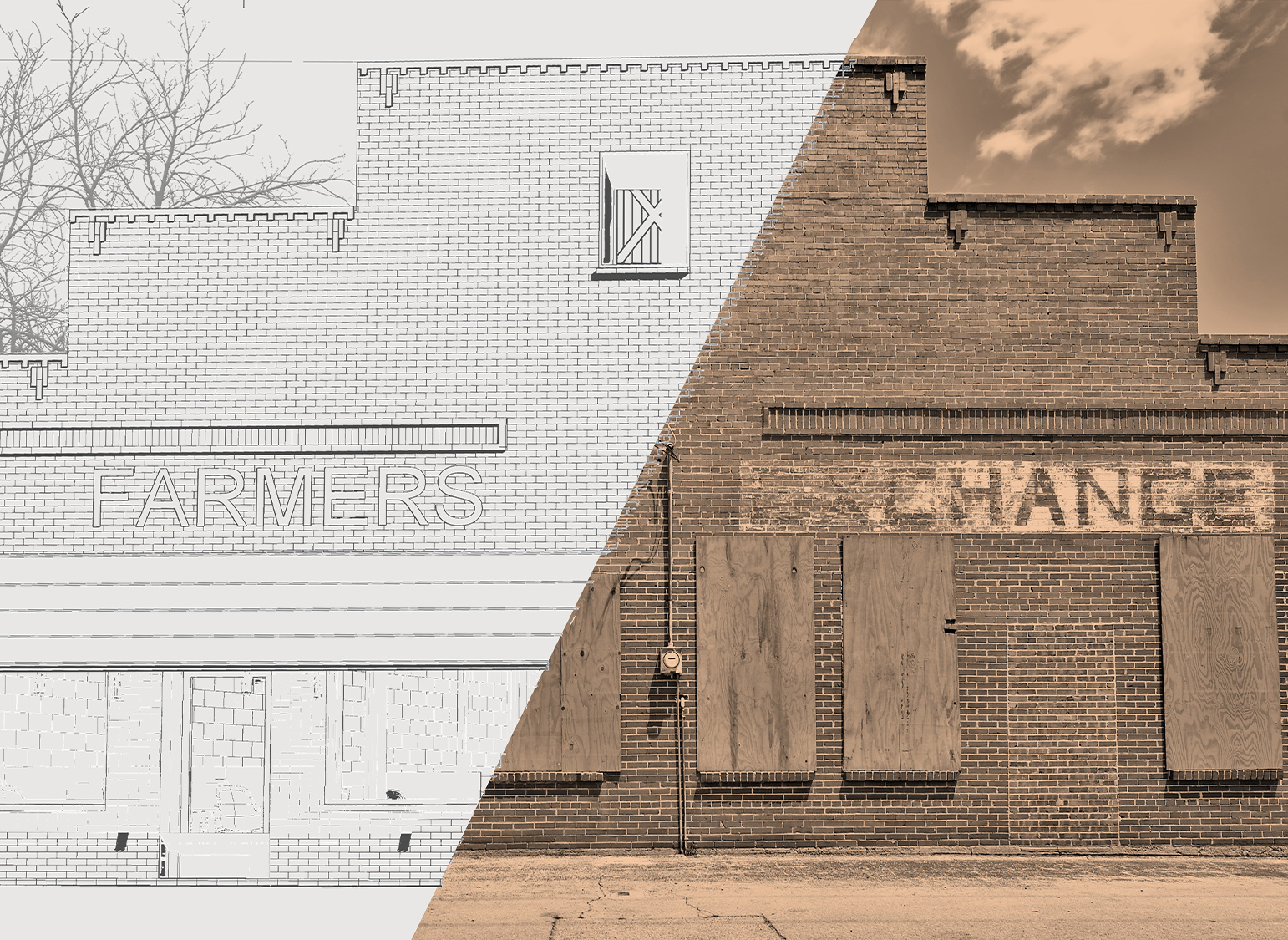
Why Adaptive Reuse?
The most obvious benefit of adaptive reuse is the fact that a project does not start on a greenfield or virgin plot of land. Demolition and new construction generate massive amounts of landfill waste and use precious resources.
Adaptive reuse of real estate that has already gone through foundational construction reduces the environmental impacts that new construction poses. The rehabilitation of older buildings preserves existing building materials and architectural elements and utilizes existing infrastructure, such as water lines, sidewalks, and streets.
Additionally, the structure already has a history reflected in the building’s materials.
Designers embrace the challenge of honoring the building’s past by interweaving and highlighting the old elements with new modern materials. As labor costs rise at a fraction of the price of construction materials, not only does material reuse make fiscal sense, this can also become an integral part of the new business’s marketing appeal.
A Quick Glimpse into Some of HFA’s Adaptive Reuse Projects
We have had the pleasure of working on some meaningful adaptive reuse projects over the past few years, including:
- Farmers Exchange, Bentonville, AR: HFA breathed new life into a feed store with this sensitive adaptive reuse project, providing a future for the historic structure while recalling its past. Built in the early 1920’s, the Farmers Exchange building bears traces of Bentonville’s history. Exposed masonry walls, repurposed shutters, and exposed rafters and roof decking celebrate the building’s past life. What once housed livestock feed is now a modern workspace that nourishes a digital product development agency.


- Newton Nexus - Originally built in the 1950s, Newton Nexus was one of the first industrial parks in the nation. Located on an active business corridor in Newton, Massachusetts, the adaptive reuse project transformed the former industrial area into a vibrant mixed-use corridor. Now, with a lively and inviting retail atmosphere, Newton Nexus will be a destination for many shoppers, offering contemporary architecture, public gathering spaces, and a unique shopping experience.
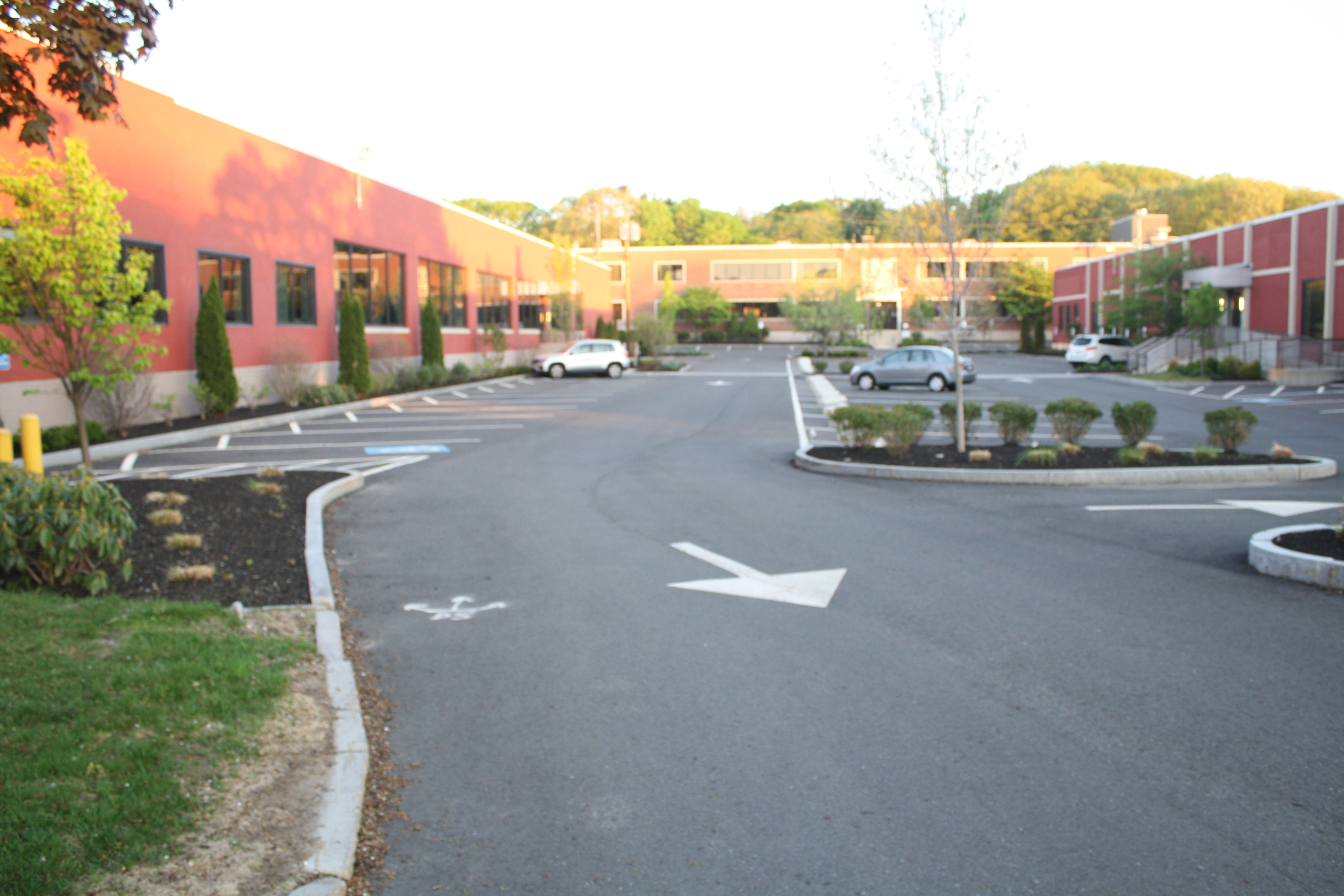
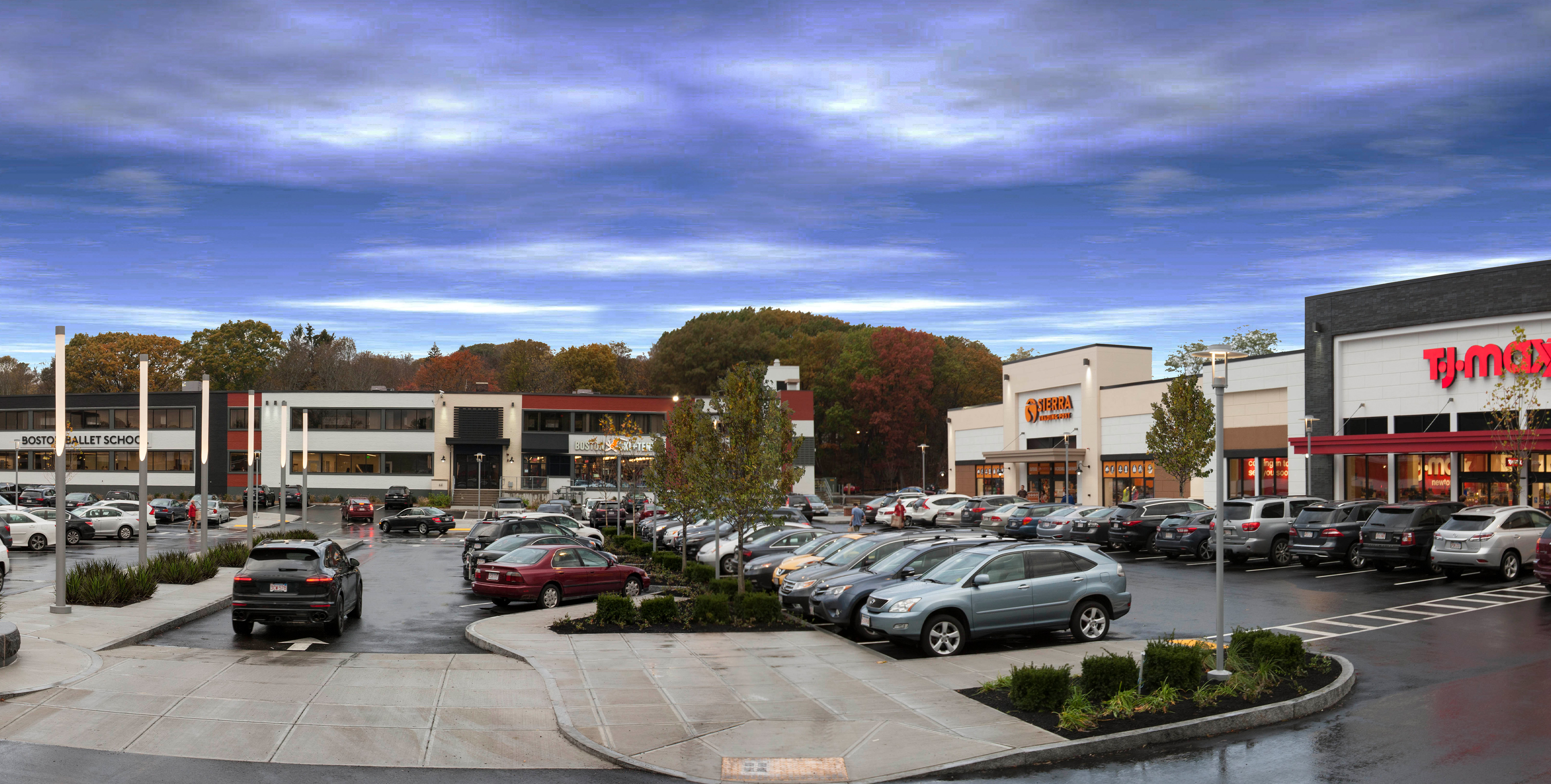
- HFA Bentonville Campus, Bentonville, AR- A complete renovation of the former National Home Center transformed a 44,875 square foot dormant building into a LEED CI Gold workspace focused on fostering collaboration and propelling the firm into the future. The original building envelope remained mostly intact except for selective removal of the south wall to allow for a series of expansive windows along one side of the studio. The former receiving area was transformed into a lounge, serving as a retreat from the studio, a flexible workspace, and the hub for internal and community functions. The vibrant, open studio serves as a new foundation for reinventing the company’s culture by providing a dynamic environment.
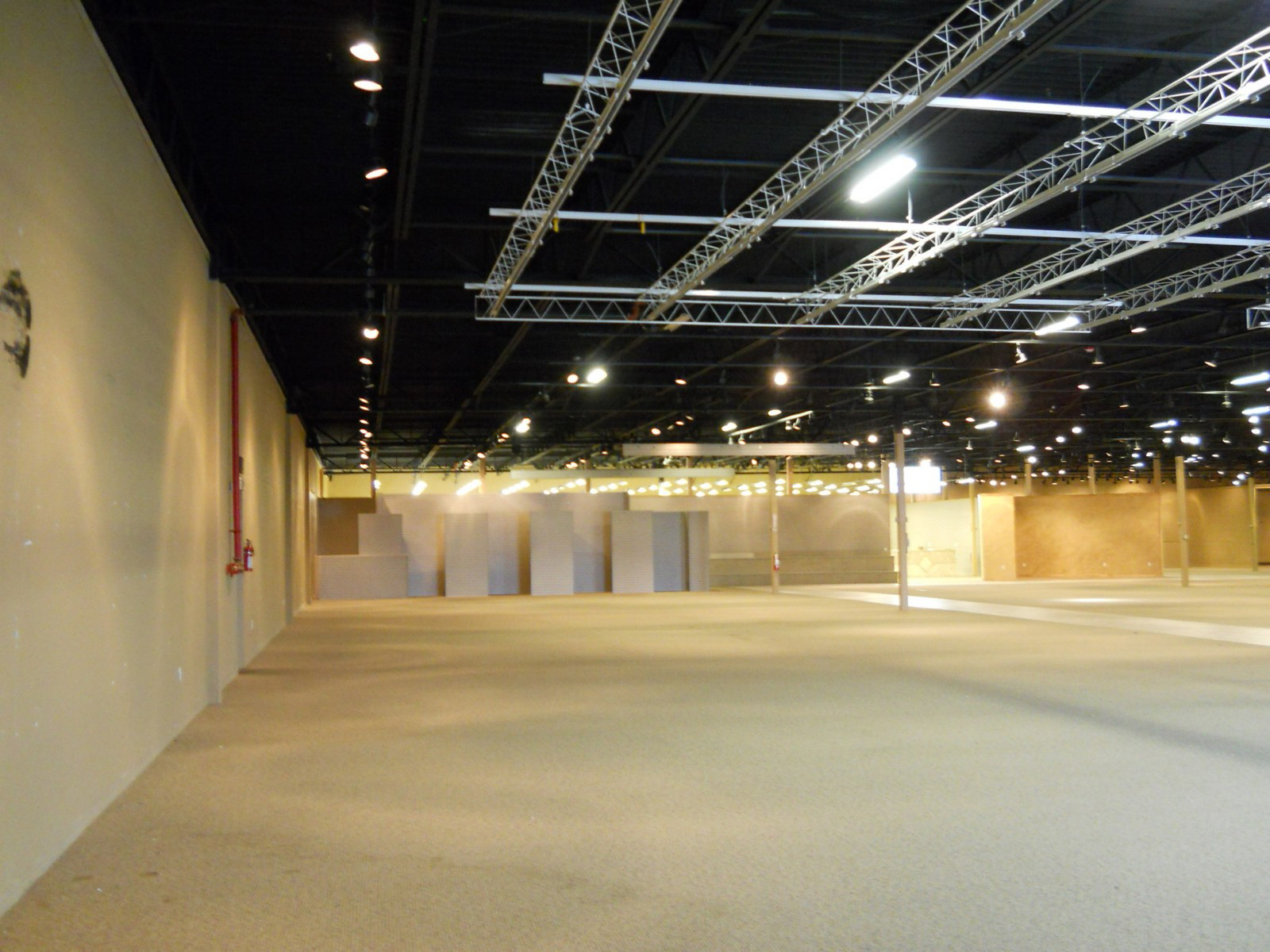

Getting Started with Adaptive Reuse
Let’s say you have a deserted structure located in a desirable spot in town that has both community and utility infrastructure in place. This might be a great project to use an adaptive reuse approach. So, how do you start planning your project?
While starting with an existing building does eliminate some of the steps found at a new construction site, it is important to not view this approach as a shortcut.
A team must consider several factors before deciding that adaptive reuse is the best option. Understanding the current condition of the proposed space is an important first step. While starting with an existing building does eliminate some of the steps found at a new construction site, it is important to not view this approach as a shortcut. The final plan should include hiring trained professionals to assess the structure and client program, execute contractor tasks, and make sure the restoration is not in violation of any historical preservation efforts in place.
As a best practice, we always recommend conducting a 3D building scan to ensure accuracy and allow our clients to see changes to the spaces visually. Resources such as Building Information Modeling (BIM) allow multiple invested parties – such as engineers, real estate developers, contractors, and more – to collaborate on a realistic virtual version of the structure. This allows for more informed decision-making in the early stages.
The decision to reuse an existing building should by no means be considered a shortcut or a promise of reduced construction cost. Existing buildings, in particular older buildings originally designed for different use or under previous versions of building codes, present plenty of challenges.
The Pros and Cons of Adaptive Reuse
It is essential to recognize some of the unique challenges involved in the repurposing of a building.
Depending on the age of the space in question, some cleaning or construction methods may be off-limits due to the risk of damage. Given that it is an existing structure, there is the possibility that there could be some physical limitations that the reuse team will have to work around. The original building may contain fewer columns than is preferred, or the floor layout isn’t ideal for the new goal of the space. The hope is to face minimal issues in the structural plans, but attention should also be paid to the social implications of the project – if the role of the location in the community and the current needs of the residents are not properly assessed and considered in the modern venture, even the strongest of businesses could flounder.
At HFA, we have a strong commitment to environmental stewardship. As mentioned before, adaptive reuse can significantly decrease a project’s environmental impact, a big Pro for using the approach. There are also many potential tax credit benefits for rehabbing existing buildings (often much higher for certified historic buildings), depending on the jurisdiction. Some cities and states have robust grant programs in place for things like façade improvements of commercial buildings or funding for housing projects.
But the list of pros is not always financially calculable. There is invaluable prestige in saying, “we’re located in the old XYZ building downtown.” Older or historic buildings already possess a sense of place that adds a social or cultural value to the property.
Some projects may possess amenities that are no longer available for new construction projects. For instance, a building situated downtown may come with a parking lot that you would not be able to get approved with current zoning or land-use conditions.
Ultimately, thorough due diligence is key to a successful adaptive reuse project. We’re happy to help our clients early in the process to understand all of the possible challenges and opportunities of a property, from determining the best use of the structure to negotiating the price prior to acquisition.
Similar Architecture + Engineering Approaches
Adaptive reuse is a distinct process that might not apply to some projects, therefore, we wanted to provide some examples of other renovation approaches that have worked out well for our clients.
HFA’s renovation of Linden Square in Massachusetts is an example of a project that took advantage of existing materials to be efficient with the budget. The project launched in the middle of the initial COVID-19 pandemic and, like many ideas that were forming at this time, it soon struggled to obtain all the materials necessary for the original vision. Had this been a ground-up new construction design, the lack of resources would have halted progress in its tracks. Instead, the team refocused our efforts on the limited available materials and reused the existing structures to push development forward. The façade upgrades were appreciated by the town of Wellesley because of the community’s emphasis on preserving its historic New England character.
Similarly, HFA partnered with Crosspoint Associates in the town of Framingham on a project that also faced material shortage issues and found success with renovations and upgrades to bring new life to existing structures. Not only did retail tenants appreciate the unique design elements of the development, but city leaders appreciated the smaller environmental footprint the design created for the repurposed structure.
The evolution of both retail development projects was rooted in enhancing a community gathering space to better meet their residents' needs. And it worked; both have been attracting various retail tenants that are excited about the unique spaces. In fact, former shopping malls have become some of the most popular sites for adaptive reuse and similar design approaches.
Reduce, [Adaptive] Reuse, Recycle
There have been a lot of discussions about adaptive reuse use in the retail space, and the healthcare community has become a large proponent of it in the past year. Why? Because it allows them to convert empty storefronts into new facilities in months rather than years. This speed proved beneficial amidst the global pandemic when the lack of resources in certain communities became evident. As more industries discover the advantages of adaptive reuse, we feel it will remain a staple of commercial real estate.
Speaking of the global pandemic, adaptive reuse appears to match the approach of the overall business model as organizations may not only be evaluating how to reuse a building but may also be analyzing how they can update their services to accommodate the world’s new safety practices – it seems reasonable to state that we have many more options for outdoor seating, telecommunication, and curbside pickup than we did just three years ago.
Adaptive reuse is a great strategy for both commercial and mixed-use undertakings and has been quite successful in recent years for those who can alter and adapt their methods as they face the specialized challenges of repurposing a space. If you’re interested in learning more about how HFA can assist with your adaptive reuse project, reach out and we’ll be glad to visit with you.
-----------
Written by Lori Filbeck, AIA, LEED AP, NCARB
HFA Team Lead / Architect
Lori has more than 15 years of experience as both a project architect and project manager on a wide variety of projects. She is well-versed in all the steps of the design process, from programming to construction administration. Lori develops strong relationships with clients, contractors, consultants, and local jurisdictions through excellent communication and collaboration skills. Her expertise in complex renovation and new construction makes her qualified to address project issues with clarity and an understanding of effective project execution.






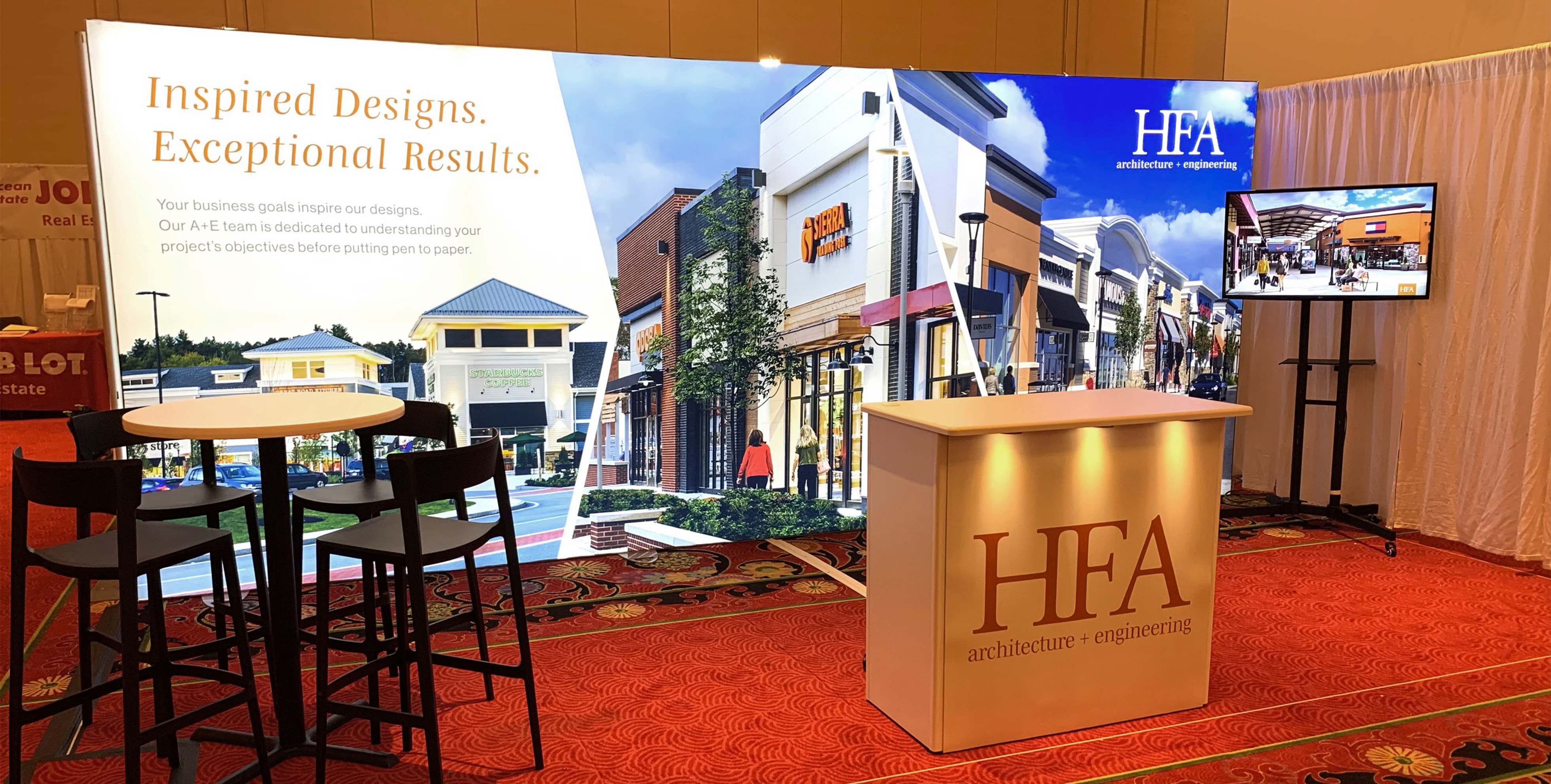
.jpg)
.jpg)



